Stressless… in Seattle!
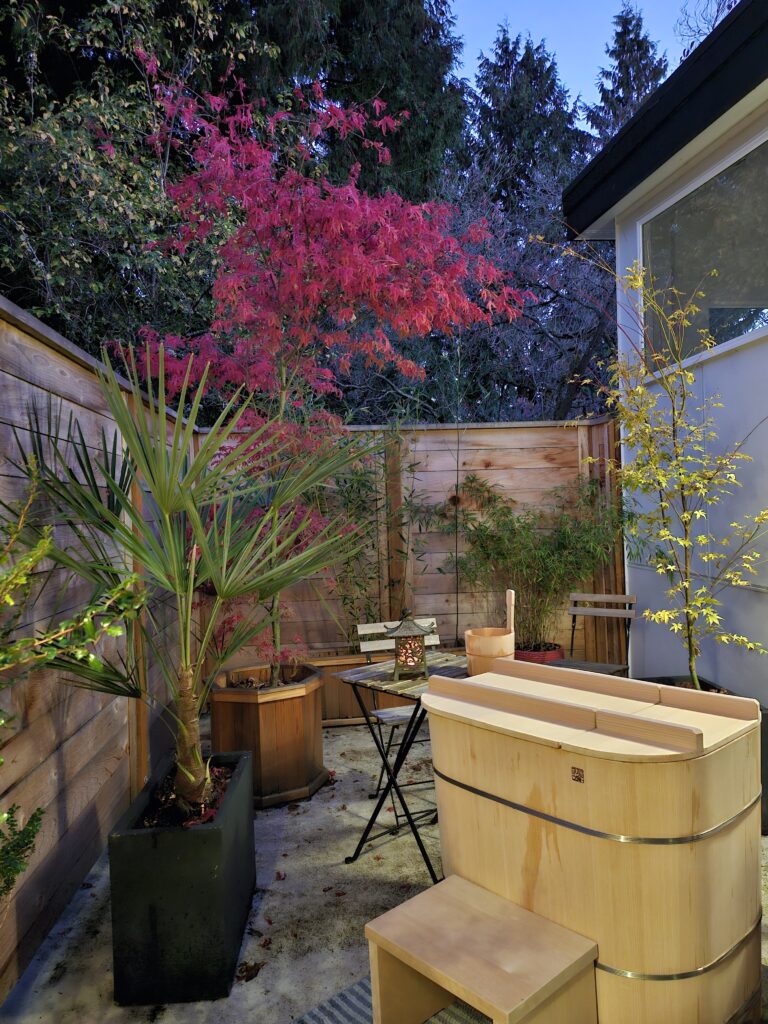
| message from the client: |
Hey Bartok,
No better time than fall to enjoy a good soak, we’ve been loving the kadomaru!
J from Washington state

| message from the client: |
Hey Bartok,
No better time than fall to enjoy a good soak, we’ve been loving the kadomaru!
J from Washington state
see photo here: https://odsarchitecture.com/wp-content/uploads/2023/09/23-2048×1536.jpg
(photo credits: R. Brad Knipstein @rbradleyphoto )
| Message from the client: |
Hi, Everyone at Bartok!
We just wanted to send a thank you for our lovely ofuro.
We think it works great in our newly remodeled home and we love it!
Our architectural firm just posted professionally taken photos of our house on their web site, and it includes a photo of our wet room with the ofuro, as well as a mention of Bartok Design in the Info page. ODS Architecture: Residential – Diablo Hills
We just wanted to send you the link to show you how wonderfully it turned out.
Thank you!
Regards,
C.
| Reply: |
Dear C.
Thank you for the kind surprise and zillions of congratulations for your house!
It is really like “the American dream” (with a Japanese twist…!)
Can I publish it on our HP of course with the references to your architect`s homepage?
We have many upscale clients and I am sure that many are looking for an architect that can achieve this result.
Please let me know.
Best//
iacopo
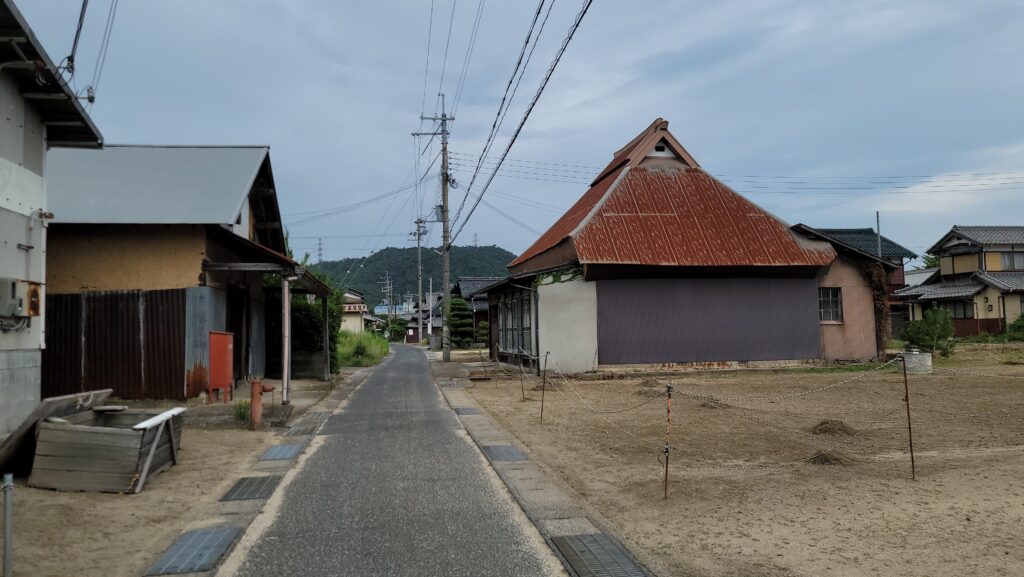
This cutie will be torn down in October.
See more photos from this link: https://photos.app.goo.gl/kKeHXLMNTJPS7KGr8
Foot print (at wall centerline) is about 10m x 9.7m. Add 1m all around for projected roof line.
1 Story. Over 100 years old.
Located in Miyazu city, near the seashore. The straw roof is covered with sheet metal, anyway as you can see from the interior pics, the foundation (on isolated tsukaishi) the large beams, the smoked bamboo covering the inside part of the roof, the bent beams inside the roof structure are perfectly healthy.
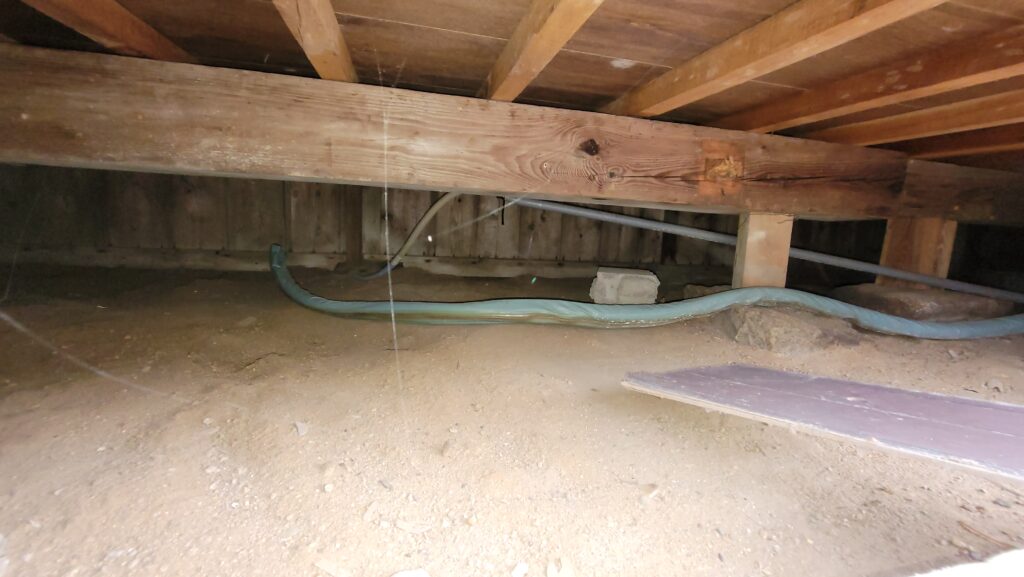
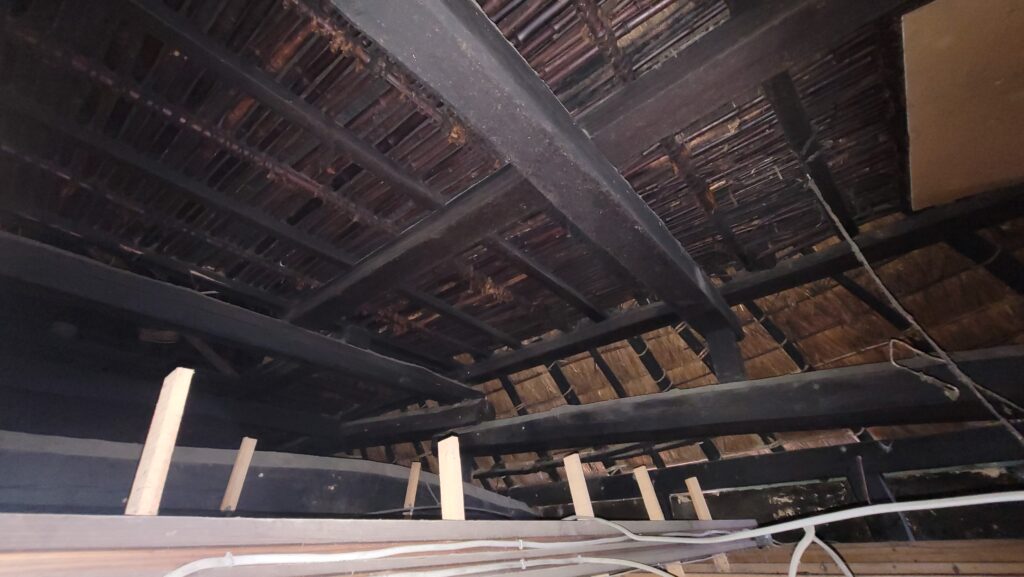

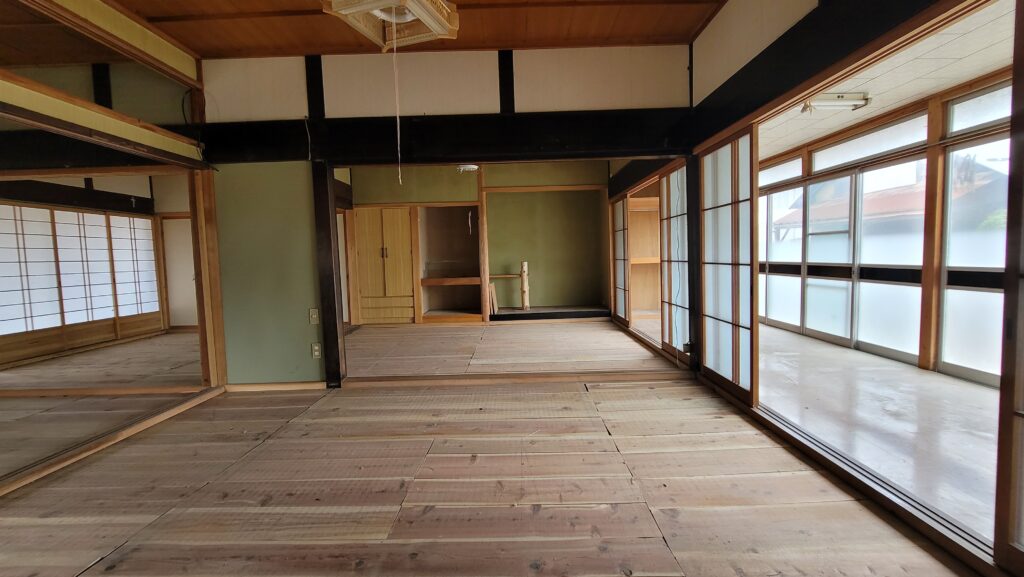
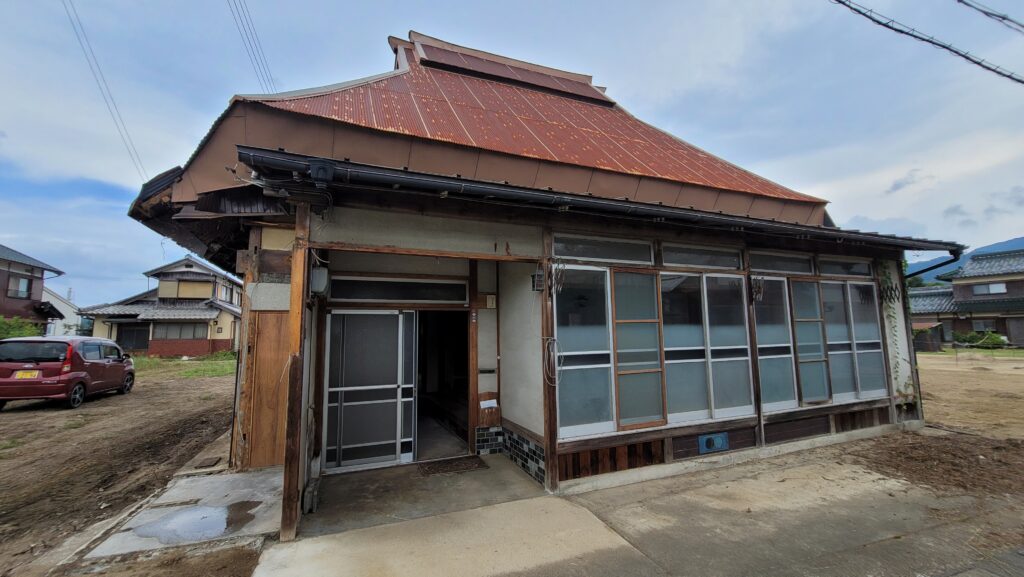
Cost of dismantling (parts numbering etc.) about 30,000 USD.
Timber frame is all made with nuki-construction. Basically not a single metal nail. You pull out some wedges and it can be neatly dismantled without damage for the parts.
Cost of transportation: I guess one 40 ft container, considering that you will have to provide for new tatami, new shoji and fusuma etc.
The windows are cheap aluminum frame sashes and should be replaced.
It would be wonderful if you could remake the straw locally – if at all possible.
The walls are tsuchi-kabe (adobe with bamboo framing) and should also be done on site.
Or you can do timber-frame walls if you are not a purist and finish the external walls with plaster or wood slats.
Basically, you can have the structure for 40,000 USD (roughly, including transportation.)
Depending on the construction costs in your area you will need to add 100,000 USD to build and finish it.
Let me know if interested and I can obtain more precise quotations.
Here below, is a proposal considering the creation of a “doma” concrete or stone floor for an open kitchen area and rebuilding the wet areas with a hinoki bathtub (YUIP!)



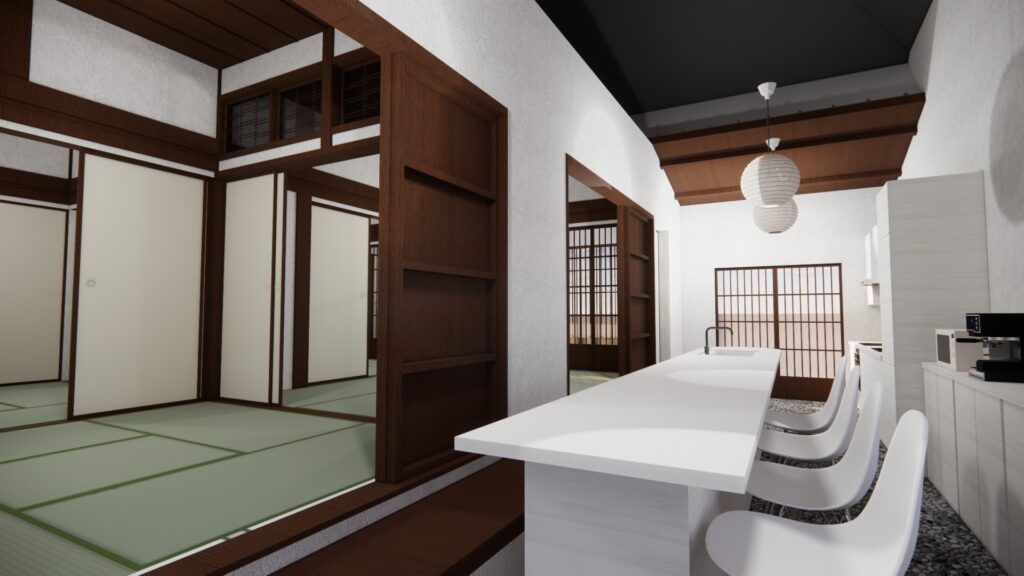
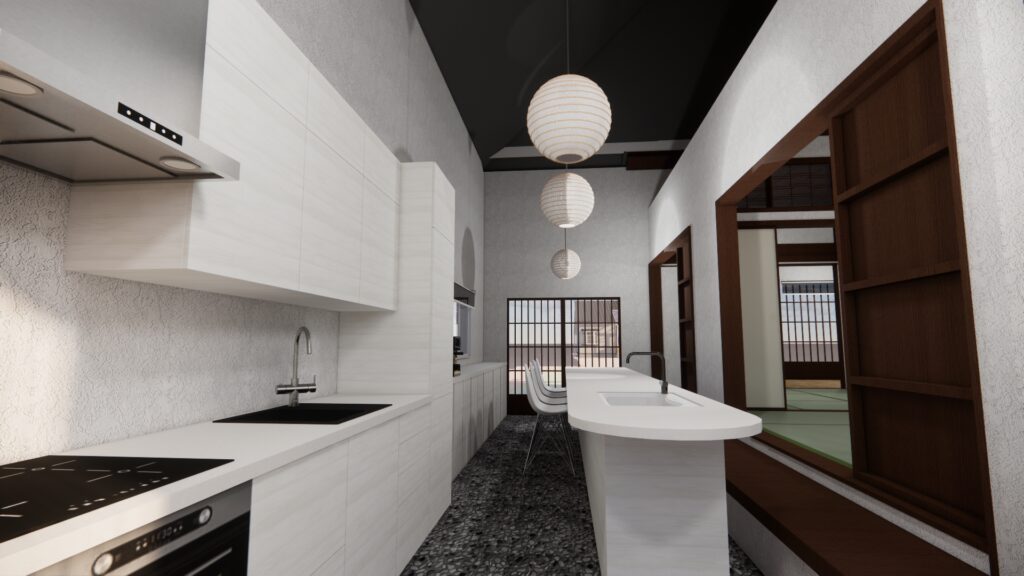
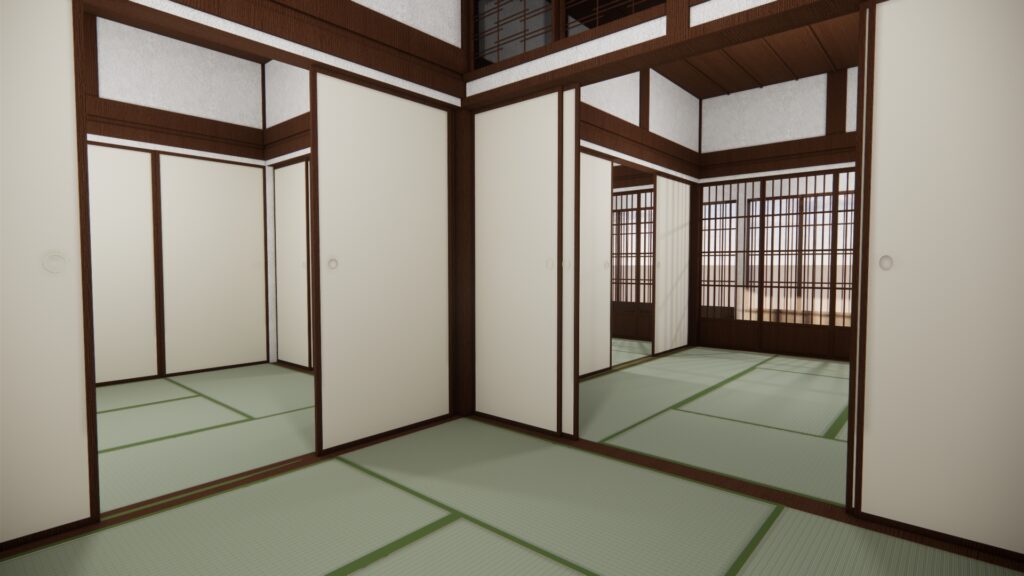


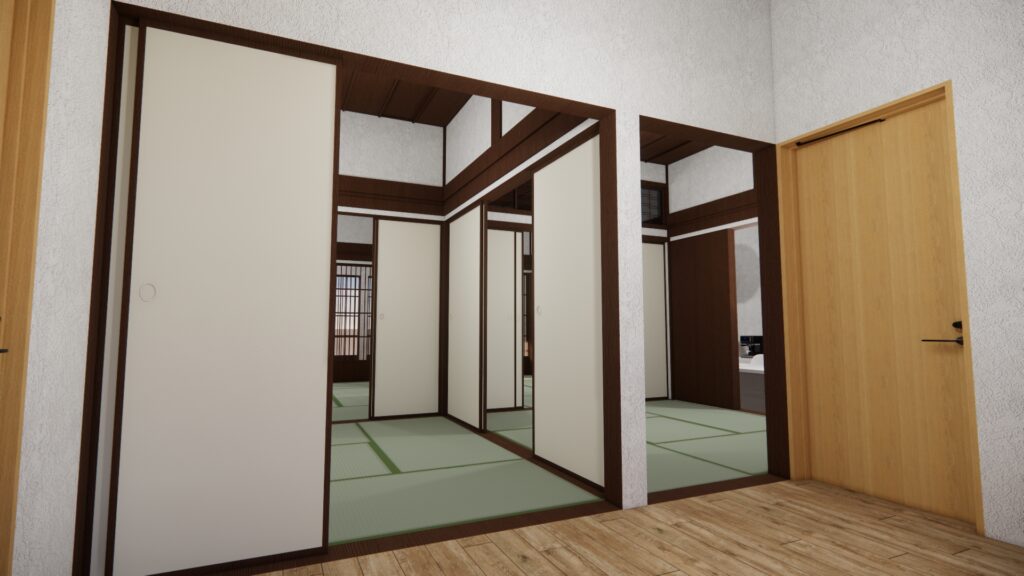
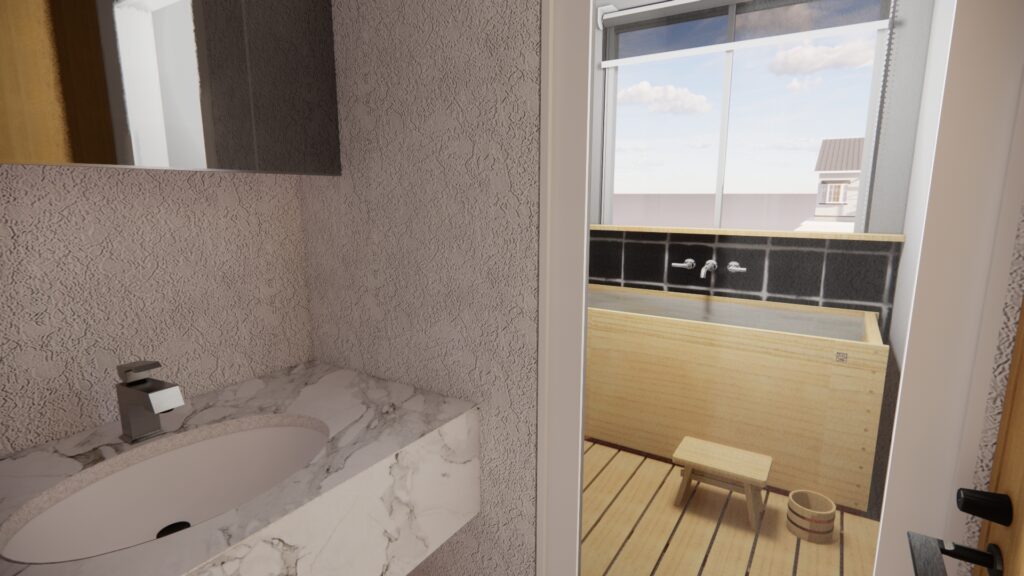

(sorry, sold out…)
…This is the first time for a sunoko duckboard to end up in our outlet corner!
The reason is a misunderstanding we had with a client regarding the sizes so we had to make a new one.
Anyway, if it fits your space, this is a sweet deal!
The sunoko is new, unused, flawless and… 30% off!
Check below for sizes and prices.
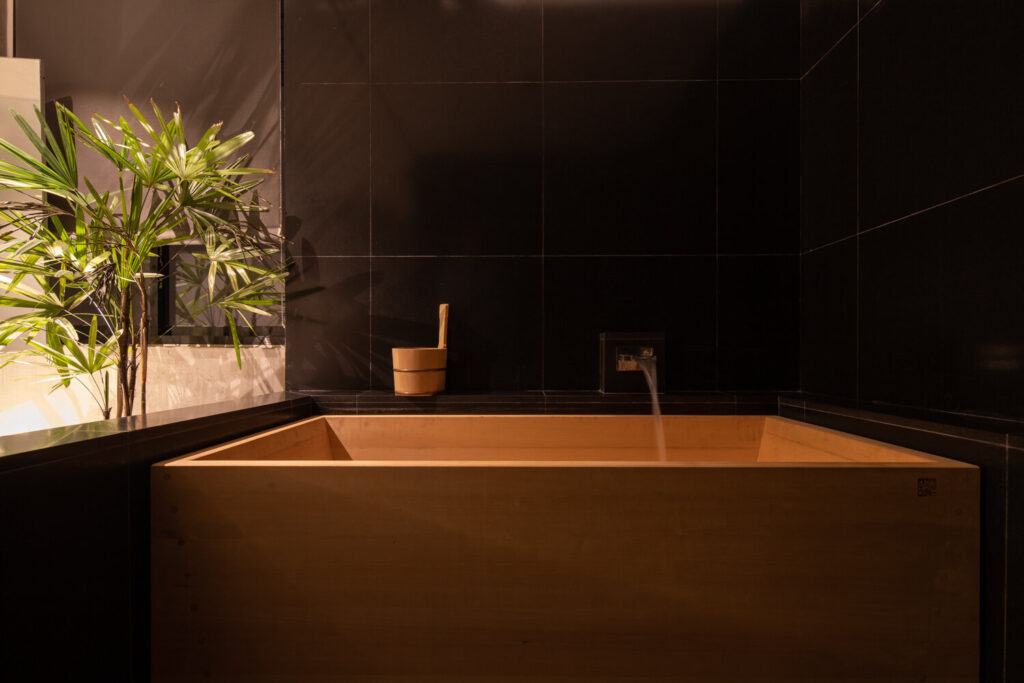
https://www.myabode.sg/sale#/for-sale-day-and-night-loft

I obtained from the client permission to share here the project he did where he used our ofuro.
He has a unique design touch and you can see also from his other projects that his approach is of full respect for each different house’s individuality and he is enhancing the space with wit and refined taste.
We are now working on another project in Singapore!
Exciting!!
I think he may be very busy but you can try to contact him to operate magic also for your real estate assets!
https://www.myabode.sg/sale#/for-sale-day-and-night-loft
Dear Iacopo,
Hello! I hope you are doing well.
For the past few months we’ve been sending the Bartok wood samples to various designers, which some questioned that if it is feasible for customize wood colors, or if there are any other wood types available aside of the standard three woods.
If possible, can you produce bathtubs with colors similar to the floor grating wood in attached photo?
Your prompt reply would be appreciated.
Because japanese softwoods have a high content of oil, they cannot be stained: it means that the stain would not penetrate equally and the result is irregular and very “cloudy”.
That said, the whole concept of japanese wood is to enjoy the color and aroma (as it is a natural material).
Staining hinoki would be like applying paint on a pearl to make it look whiter or greyer or whatever.
You understand that (in this example) it is then pointless to use a pearl in the first place.
Last but not least, natural wood color changes with aging and light exposure.
As a matter of fact, after few years hinoki changes to a slightly tanned color which is similar to the duckboard in the photo.
The bottomline in any case is that if the designer has a very precise idea about the color, I would recommend to use a different wood (and a different supplier).
Thank you for your understanding.
Best//
Bartok design Japan Co.
iacopo torrini
With smartbiz we are finally free from the neckties but at the same time with less space to express our individuality.
This is one of the reasons behind the project to develop men`s belts from high quality silk & gold nishijin ori kimono fabric.
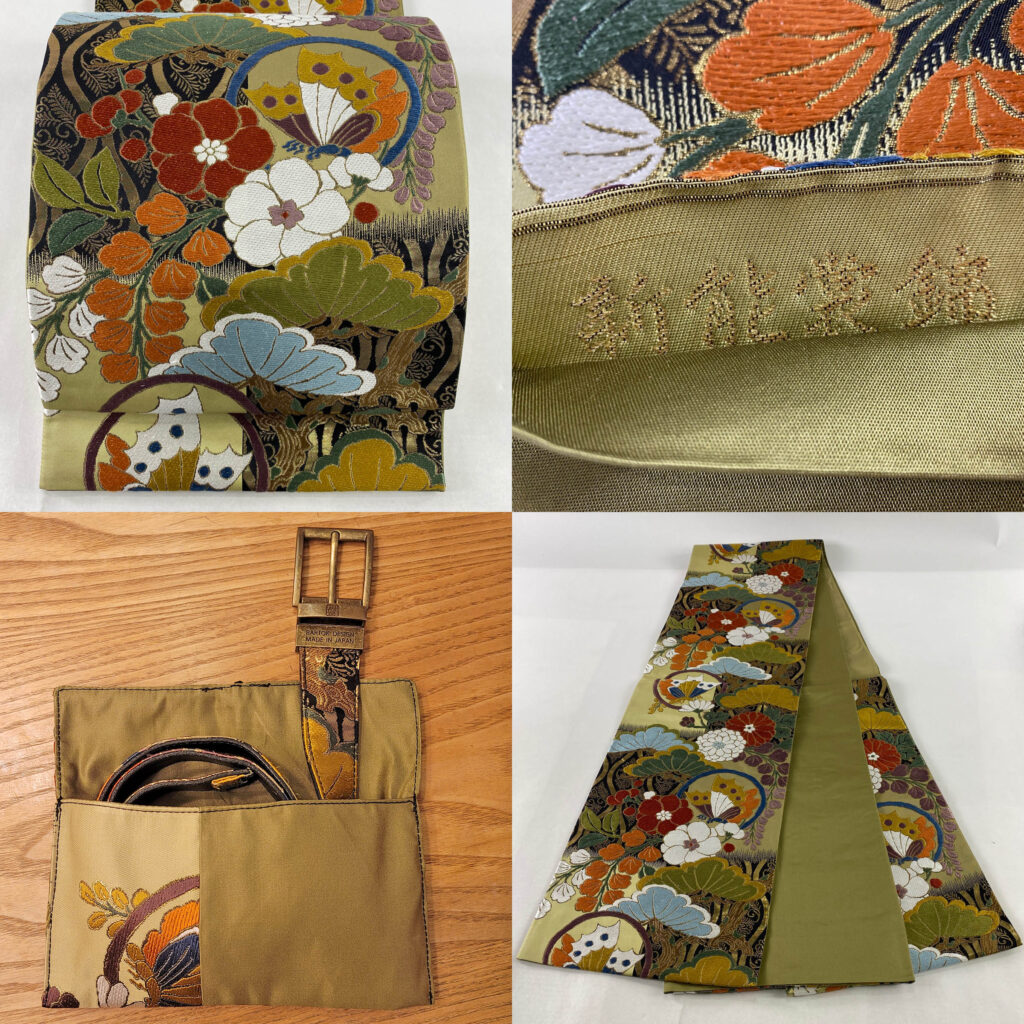
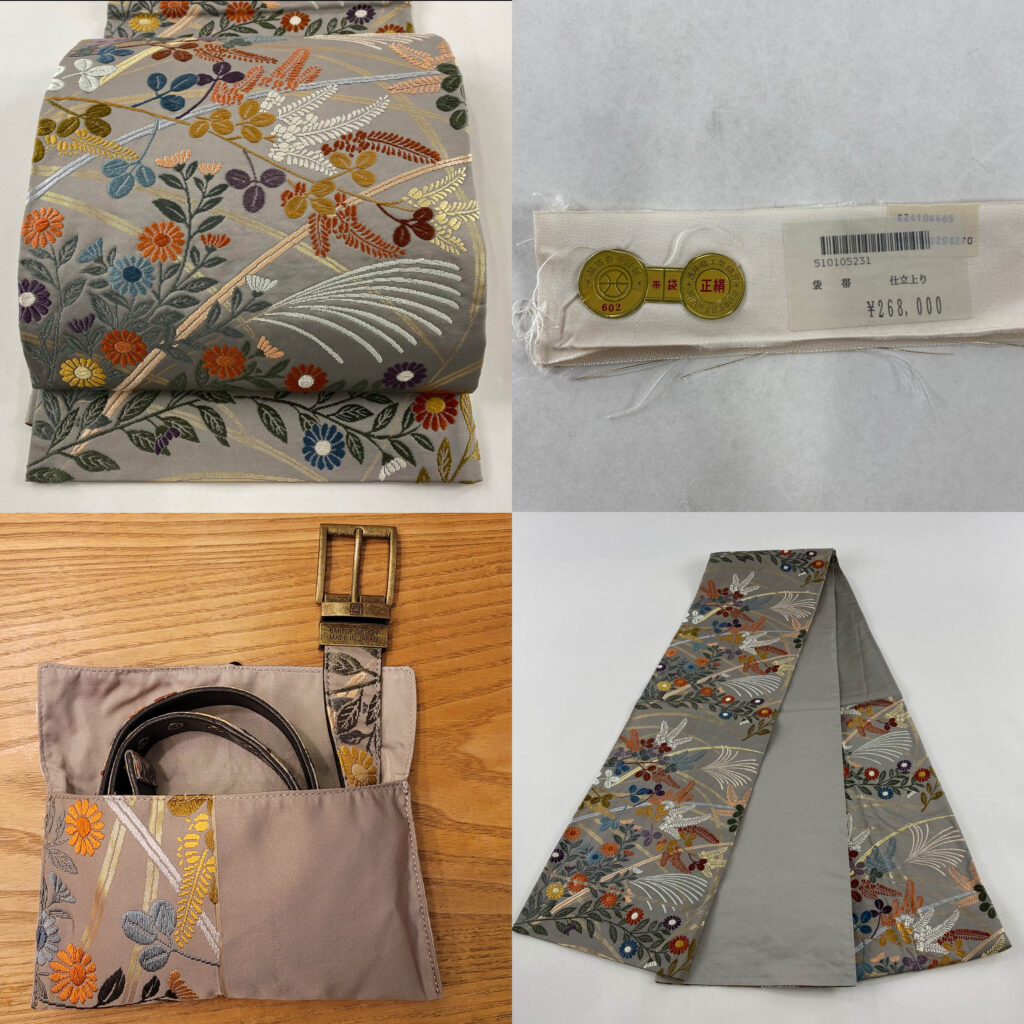
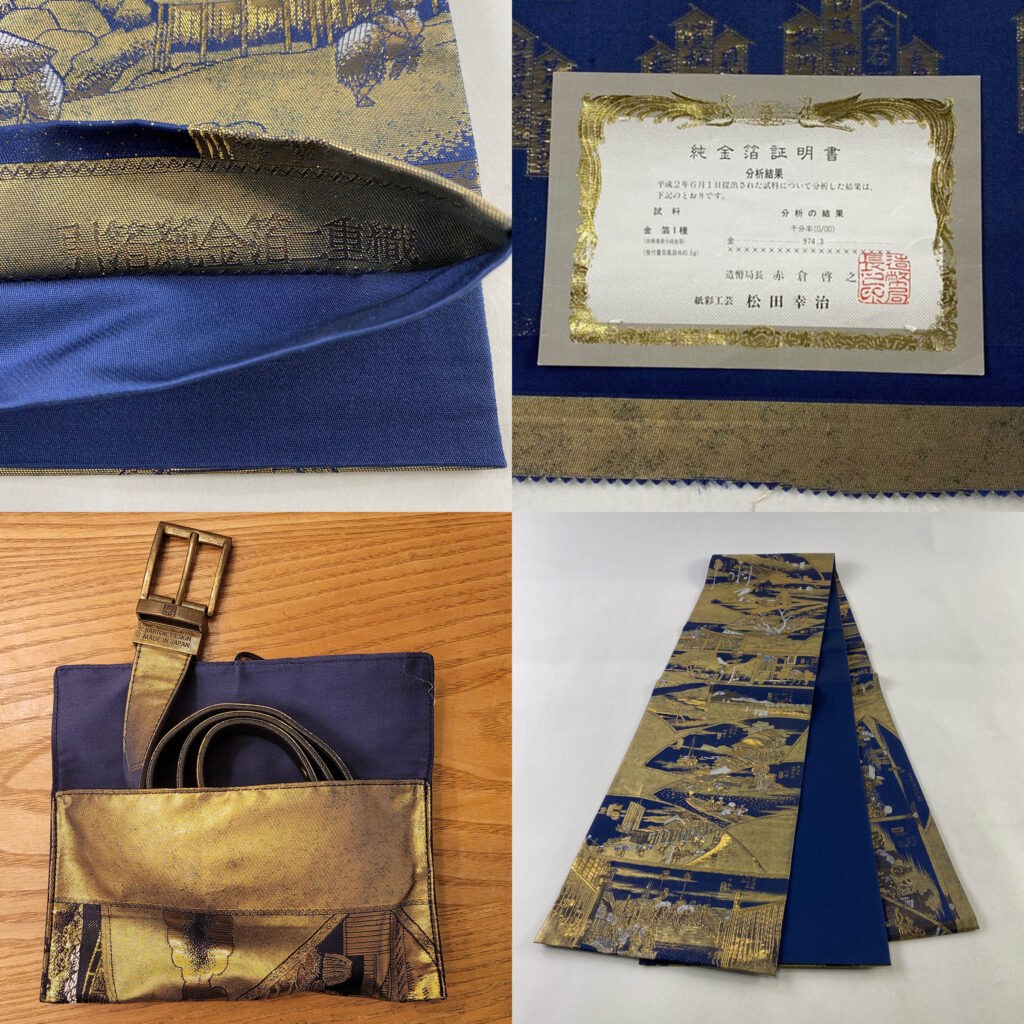
jump to igg.me/at/kimono-belts to learn more about the why and how of this project and choose your “love at first sight” Shu-Ha-Ri kimono belt!
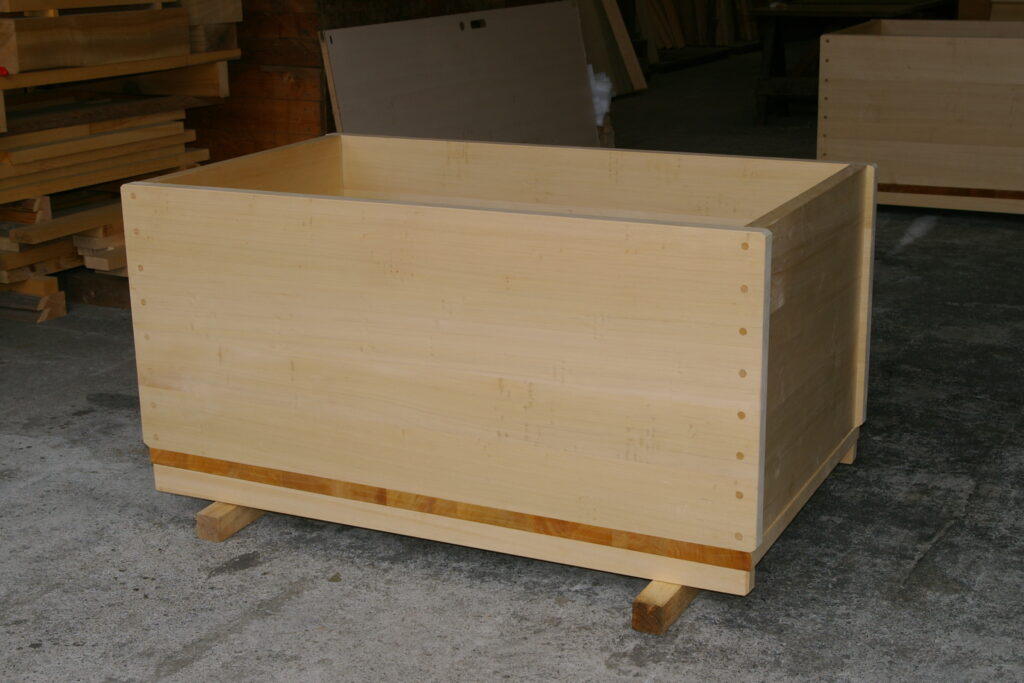
(sorry, sold out…)
This is the first outlet tub in 15 months… sorry for the long wait !! m(_ _)m
(But note that we have 2 outlet tubs at the same time! check also https://bartokdesign.com/8-outlet-tubs/hana-dango-outlet-tub-junior.php )
“Hana yori dango” is an idiomatic phrase meaning “it is better to have a dumpling than a flower”.
This saying expresses the practical mentality of the Japanese that appreciates concrete features over pure aesthetics and external appearance.
In a way, this overlaps partially with the “wabi sabi aesthetics” – but this is a story for another occasion.
Well, in this case, the naming fits the concept of a functionally perfect tub that is 20% cheaper than normal just because of a minor esthetic defect.
The material is asnaro (hiba) wood.
IMPORTANT NOTE:
The wood has a pattern: check thoroughly the enclosed photos. It is not like erable (because it is the trunk and not the roots of the tree), anyway to understand the look, you can refer to this photo of “bird`s eye” veneer.
https://legnoquattro.it/wp-content/uploads/2014/09/Erable.jpg
The tub is brand new but the material used is not the spotless AB grade we normally use: therefore it does not look as regular as the pattern of our quarter-sawn regular ofuros.
There is no problem whatsoever with quality, durability etc. It is just a “wabi-sabi” look.
And this is the only reason behind the 20% discount. (Note also that because of the smoothly planned surfaces, the color difference is more evident in the photos than it is in reality)
For specs and sizes, check the details below but let me anticipate that is one of the most popular sizes for a compact ofuro (S5)!

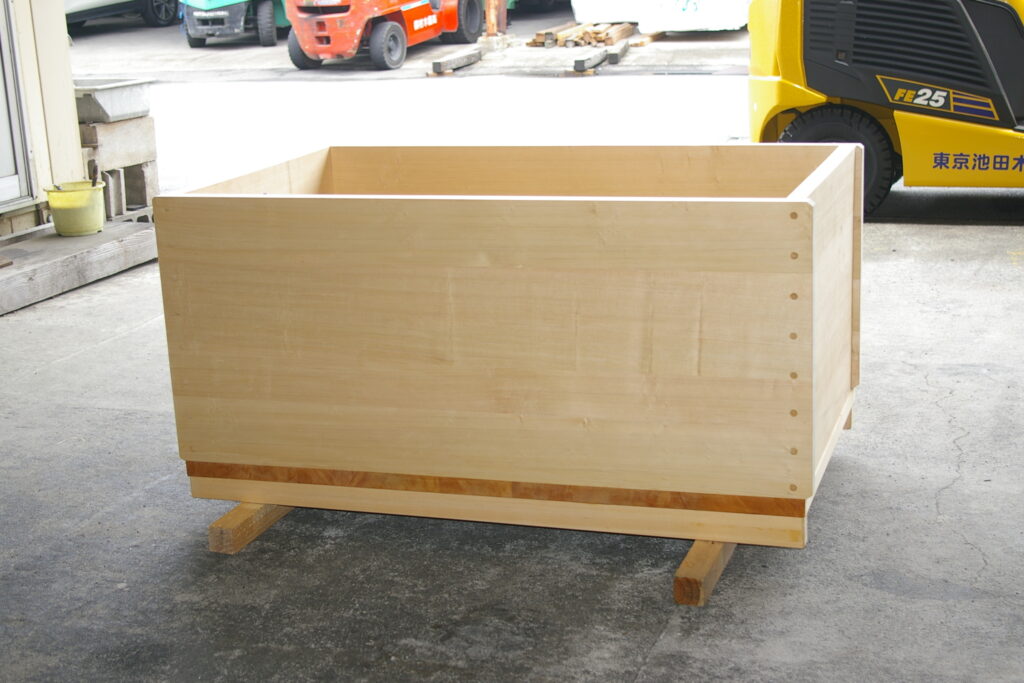




Message from the client:
Hi Iacopo,Doing great and loving the tub! Hope all is well with you.
At long last we have some pictures!
Dear Shelby
Thanks for the amazing pictures and for the permission to share also your company name and HP:
I like that the design is clean but not formal: I find this bathroom classy and elegant yet unpretentious and warm.
I am sure that many Japan lovers following our news would be interested in working with you !
All the Best//
iacopo
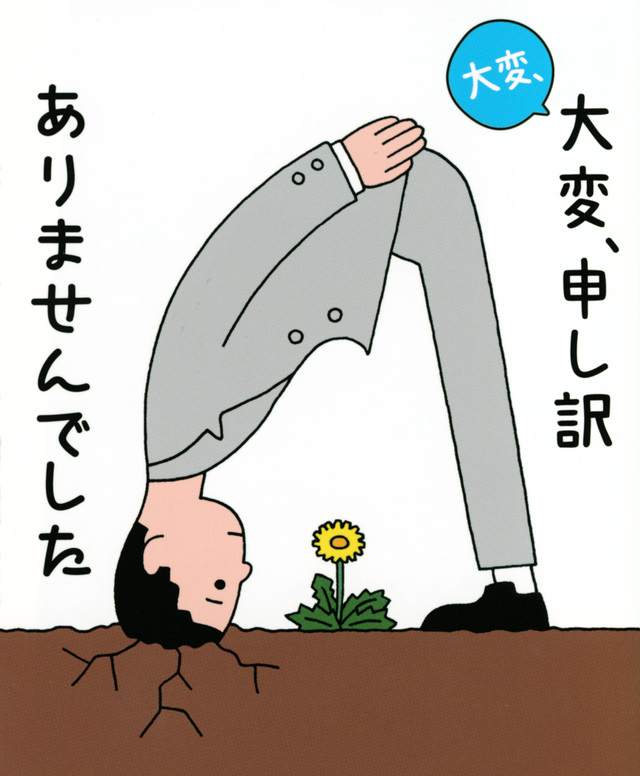 | We experienced a server problem that brought the homepage offline for almost 48 hours, from June 9th to June 10th. Sorry for the inconvenience. Please report to us any remaining problems such as missing photos, broken links etc. Thank you for your cooperation. |